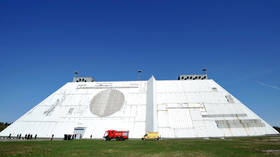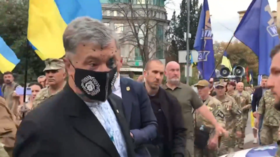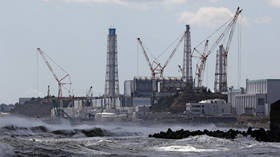New Russian missile-defense radar system is world-first for helping intercept nuclear warheads, military industry chief reveals

Russia's Soviet-era nuclear defense shield has had a major overhaul and has now become one of the world's most advanced military installations, benefitting from secret technology, one of the businesses behind the project has said.
Speaking to RIA Novosti at the ARMY-2021 conference on Thursday, the general director of RTI systems, one of the country's largest defense contractors and a supplier of radar hardware and rocket technology, disclosed that the Don-2N station in the Moscow region had been upgraded. "It is now being tested," Yuri Anoshko said.
"As a result of these works, the functionality has changed," and the radar station, which underpins Russia's nuclear defense network, is now said to be unparalleled by any other in use across the globe. While Anoshko refused to reveal the nature of the added functionality, the colossal installation is a key part of the national anti-missile defense grid, and picks up potential threats at long distances in case of nuclear war.
Also on rt.com US’ successful ICBM intercept test brings us closer to a nuclear war and proves Moscow’s concerns were well groundedThe construction of the giant dome-shaped structure began in 1978, and took over a decade to come online. Since then, it has been on continuous duty, ushering out the Cold War and acting as the eyes of modern Russia's nuclear arsenal. Its antennas rise to the height of an 11-storey building, and it is said to be capable of tracking even smaller ballistic missiles that deploy technology to disguise against detection.
Concerns have previously been aired about countries' growing capacity to identify and intercept incoming nuclear weapons. After the US successfully intercepted a simulated missile attack in 2020, analysts warned that one nuclear state making itself invulnerable to a barrage would shift the delicate balance of atomic power and make conflict more likely, not less.
If you like this story, share it with a friend!














